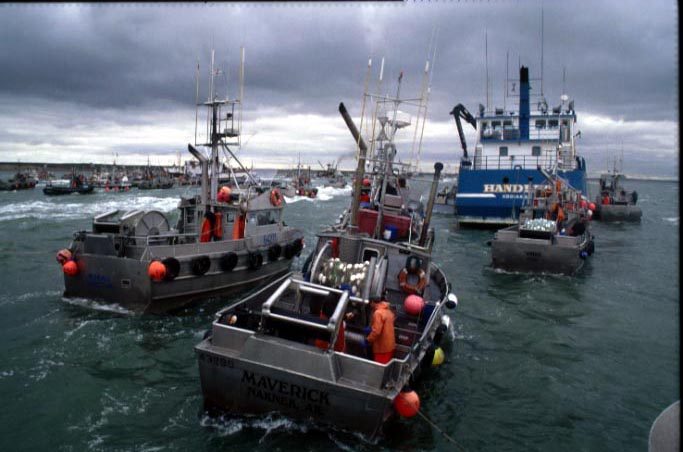Heading into the 2019 salmon season, markets are looking good, as global demand exceeds supply.
Constraints on the world’s biggest producers of farmed Atlantic salmon — Norway and Chile are helping to prime markets for the season. While farmed production continues to tick upward, growth in both countries is limited as to the maximum amount of fish regulations permit them to have in pens.
Chile also is still recovering from a deadly virus that wiped out millions of fish in 2016, and Norway is battling pervasive sea lice issues. Supply setbacks are no longer being made up by double-digit increases in production.
“Now it appears the salmon farmers don’t have any rabbits left in the hat. They are still increasing production but not to the extent in percentage terms that it used to be,” said Andy Wink, a fisheries economist and director of the Bristol Bay Regional Seafood Development Association.
Couple that with expanding salmon demand, and the result is that market conditions are creating a larger niche for wild salmon, Wink said, not only in the United States but also in China.
“Demand for salmon in China is growing in a big way,” he explained. “News reports say they expect farmed salmon consumption in China to go from 90,000 metric tons (198 million pounds) this past year to around 250,000 mt (550 million pounds) by 2025. There’s a lot of opportunity for all wild salmon.”
Market watchers are awaiting the last four months of sales data, but all salmon species have been selling well, and holdover inventories are not expected heading into the coming season.
“We saw strong pricing on the wholesale side and volumes moved at a quick clip,” Wink said. “As far as sockeye goes, people I’ve been in touch with anecdotally say things are moving nicely even though prices are up.”
Another good sign is that the value of the dollar has held steady.
“For the past year the dollar has been going sideways in terms of its strength,” Wink explained. “If it moves a lot, that will have a huge impact on fish prices, but for the time being we haven’t seen a lot of change.”
Demand continues to increase in the states, where Wink said more appreciation has grown for wild salmon in general. He pointed to Costco as a new market channel, which rolled out a national sockeye salmon program last year.
That really gave sockeyes a boost, and Wink said it was clearly shown in Bristol Bay’s branding promotion that has grown from a small pilot program in a handful of stores in Boulder, Colo., in 2016 to 1,000 stores across the country and growing.
“When we approach a retailer, they are generally very receptive and excited to work with us,” he said. “They know their customers want wild salmon, they want to know where it comes from and that connection with the producer, and that it’s a quality product. Whether it’s from Bristol Bay or other places in Alaska, there’s great demand for that in the U.S.”
Wink said the decades of hard work by Alaska’s salmon industry are really starting to pay off.
“A lot of great work has been done to develop the quality of the pack, push new products, and new markets are opening up,” he said. “Even though they’ve taken years to cultivate, we’re seeing a lot of those investments bear fruit now.”







